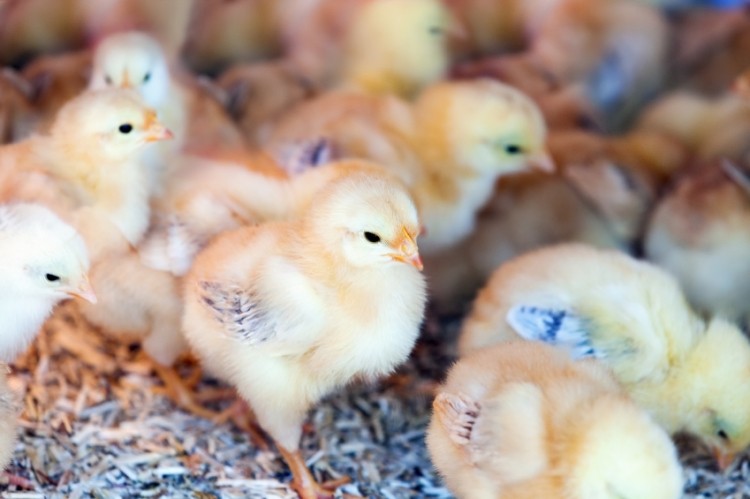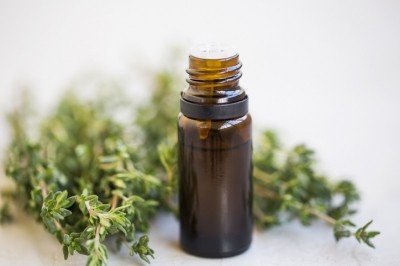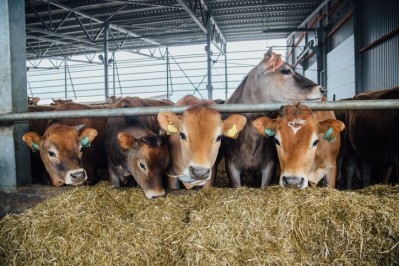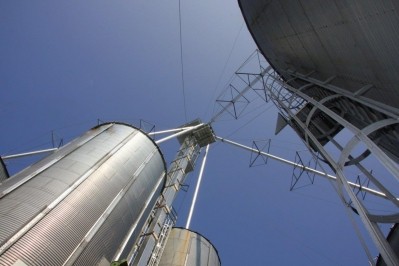Interplay between welfare and nutrition critical for poultry production: Perdue

The company announced this week that it is examining welfare at every stage of its chicken production process.
In a new publication, it talks about its plans for 2016 and beyond in terms of how to optimize feed, housing facilities, environment, improving trust of consumers as well as how it engages with farmers.
The review includes input from researchers, experts in animal welfare and advocacy groups that have been critical of the chicken process in the past.
Ideas for the project started when the company purchased an organic poultry producer and looked at not just the type of feed, but also the production methods used, said Bruce Stewart-Brown, DMV and senior vice president of food safety, quality and live production at Perdue.
Bird husbandry is about more than meeting basic needs for the chickens, he said. “It’s about more than the health and needs of animal and addressing what they want and some aspects of their behavior,” he said.
Many of the management practices done by organic producers could be transferred to producers in the rest of the company, he said. “The activity of organic chickens was almost double of what we were seeing in our regular production, [so] we sat down and said let’s say where we’re going, tell others and let them hold us accountable on our journey,” he added
Additionally, the company’s move toward reducing use of antibiotics in poultry production meant focusing on animal welfare, he told FeedNavigator. “No antibiotics ever has done a number of things help us migrate toward some better husbandry techniques and better care for chickens,” he added.
Feed improvements
An initial focus of the project is looking at enhancing its poultry feed, said Stewart-Brown.
The company has been exploring options like probiotics in feed for a while now. But the recent examination has provided insights into where more improvements could be made, he said.
“We always thought we were pretty good about food and water,” he said. “We’ve taken all animal byproducts out of our feed, all antibiotics out of the feed, [and] to enhance nutrition we’ve been adding in herbs [like] thyme and oregano to keep chickens healthy.”
Ongoing diet research includes looking at ways to add energy to early diets, he told us. “Early diets designed to optimize skeletal soundness and immune function will be important,” he added.
Evaluation of the quality of ingredient in early diets and the types of probiotics that are most effective for poultry at that age may offer additional opportunities, he said. “We’re excited about were that might take us,” he added.
An additional piece of the diet work and commitment to improved animal husbandry is work with heritage breeds, and birds that may have a different growth curve, said Stewart-Brown.
“Every year the chicken grows a little differently and you are matching the nutrition with the evolution of the skeletal system,” he said. “It’s always been the case, always been important to formulate for the skeletal system but it’s particularly important for managing a high level of care.”
Rest time
Perdue Foods is also making changes to address four other areas including bird temperature and comfort; freedom from pain, injury and disease; freedom from fear and distress; and improving the ability for the birds to express normal behavior, he said.
A push is being made to extend the rest time offered birds, said Stewart-Brown.
The company is also asking farmers to provide perches and bales of straw for the birds to use or explore, said Stewart-Brown. Another step has been to have producers add windows or allow for natural light in chicken houses.
Perdue has committed to help retrofit 200 producer chicken houses with windows in the next few years to see how bird behavior compares, he said.
The company also has been using vaccinations and other methods to improve bird health, he said. And, it is changing to use of controlled atmosphere stunning to make the transition to and movement through a slaughter facility easier on the bird.
Efforts are also being made to improve relationships with farmers and overall transparency. “We have to get feedback from the farmers who raise our chicken,” added Stewart-Brown.








